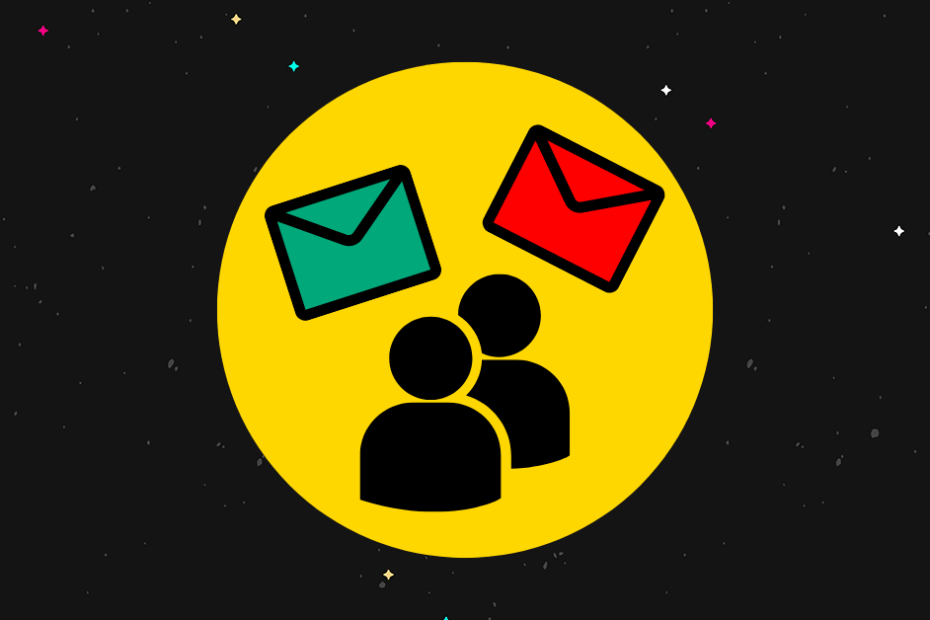Understanding the Personalization Landscape in 2024
Market Size and Growth
The personalization market shows remarkable growth:
- Global personalization software market: [$11.6 billion] (2024)
- Expected CAGR: 23.5% (2024-2028)
- North American market share: 42%
- APAC growth rate: 27.3%
Investment Patterns
Business spending on personalization technology:
- Average budget allocation: [$2.4 million] annually
- Technology investment growth: 34% YoY
- Staff allocation: 25% increase in personalization teams
- ROI timeframe: 6-12 months average
Deep Dive: Personalization Impact Metrics
Revenue Impact
| Revenue Metric | Without Personalization | With Personalization | Improvement |
|---|---|---|---|
| Conversion Rate | 2.1% | 4.5% | +114% |
| Average Order Value | [$85] | [$121] | +42% |
| Customer Lifetime Value | [$750] | [$1,850] | +147% |
| Return Rate | 28% | 12% | -57% |
Customer Engagement Statistics
Recent studies reveal:
- 88% higher email open rates with personalized subject lines
- 93% increase in social media engagement
- 74% reduction in cart abandonment
- 156% increase in customer satisfaction scores
Industry-Specific Personalization Benchmarks
Retail Sector
Performance metrics:
- In-store conversion: +35%
- Online conversion: +68%
- Customer retention: +47%
- Brand loyalty: +85%
Financial Services
Key indicators:
- Product adoption: +58%
- Cross-selling success: +73%
- Customer satisfaction: +62%
- Digital engagement: +91%
Healthcare Industry
Critical metrics:
- Patient engagement: +45%
- Appointment scheduling: +67%
- Treatment adherence: +39%
- Patient satisfaction: +52%
Mobile Personalization Deep Dive
App Engagement Statistics
Mobile app metrics:
- User retention: 76% higher
- Session duration: +124%
- In-app purchases: +86%
- Push notification response: +340%
Location-Based Personalization
Performance data:
- Store visit conversion: +45%
- Local offer redemption: +67%
- Geographic targeting ROI: +89%
- Location-based messaging response: +234%
Email Personalization Metrics
Campaign Performance
| Metric | Basic Email | Personalized Email | Improvement |
|---|---|---|---|
| Open Rate | 18% | 42% | +133% |
| Click Rate | 2.5% | 7.8% | +212% |
| Conversion | 1.2% | 4.5% | +275% |
| ROI | [$32] | [$98] | +206% |
Segmentation Impact
Effectiveness by segment type:
- Behavioral segmentation: +245%
- Demographic segmentation: +123%
- Geographic segmentation: +98%
- Psychographic segmentation: +167%
Website Personalization Results
Content Personalization
Performance metrics:
- Page views: +55%
- Time on site: +180%
- Bounce rate reduction: -68%
- Return visits: +124%
Product Recommendations
Effectiveness data:
- Purchase probability: +156%
- Cart size: +85%
- Browse-to-buy conversion: +131%
- Cross-sell success: +178%
Privacy and Data Collection Statistics
Consumer Trust Metrics
Trust indicators:
- Data sharing willingness: 83%
- Privacy concern level: 76%
- Trust in brands: 64%
- Transparency importance: 92%
Compliance Impact
GDPR and CCPA effects:
- Implementation cost: +28%
- Data collection efficiency: -15%
- Consumer trust: +47%
- Marketing effectiveness: +23%
Implementation Success Factors
Technology Requirements
Essential components:
- Data integration platforms: 89% necessity
- AI/ML capabilities: 76% importance
- Real-time processing: 92% critical
- Cross-channel capabilities: 84% required
Resource Allocation
Successful implementation requires:
- Team size: 3-7 specialists
- Technology budget: [$150,000-$500,000]
- Implementation timeline: 4-8 months
- Training investment: [$25,000-$75,000]
Future Trends and Predictions
Technology Evolution
Expected developments:
- AI adoption: +145% by 2025
- Real-time personalization: +167% growth
- Voice commerce personalization: +89%
- AR/VR personalization: +234%
Market Predictions
2025 projections:
- Market size: [$20.7 billion]
- Implementation rate: 94%
- ROI improvement: +178%
- Technology cost reduction: -35%
Practical Implementation Guide
Success Metrics Framework
Key performance indicators:
Customer Engagement
- Session duration
- Interaction rate
- Return frequency
Revenue Impact
- Conversion rate
- Average order value
- Customer lifetime value
Operational Efficiency
- Implementation time
- Resource utilization
- Cost per conversion
Risk Mitigation Strategies
Common challenges and solutions:
Data Quality Issues
- Regular audits
- Validation protocols
- Clean-up procedures
Privacy Concerns
- Consent management
- Data encryption
- Access controls
Technical Integration
- Phased implementation
- Testing protocols
- Backup systems
Conclusion: The Path Forward
The statistics paint a clear picture: personalization is no longer optional but a critical business requirement. Success requires:
Strategic Planning
- Clear objectives
- Resource allocation
- Timeline development
Technical Implementation
- Platform selection
- Integration planning
- Testing protocols
Continuous Optimization
- Performance monitoring
- Data analysis
- Strategy refinement
Organizations that effectively implement personalization while maintaining privacy and trust will see significant competitive advantages in the coming years. The key is starting with a solid foundation and scaling based on results and capabilities.
Remember: Successful personalization is an ongoing journey, not a destination. Keep measuring, testing, and improving to stay ahead of the curve.
